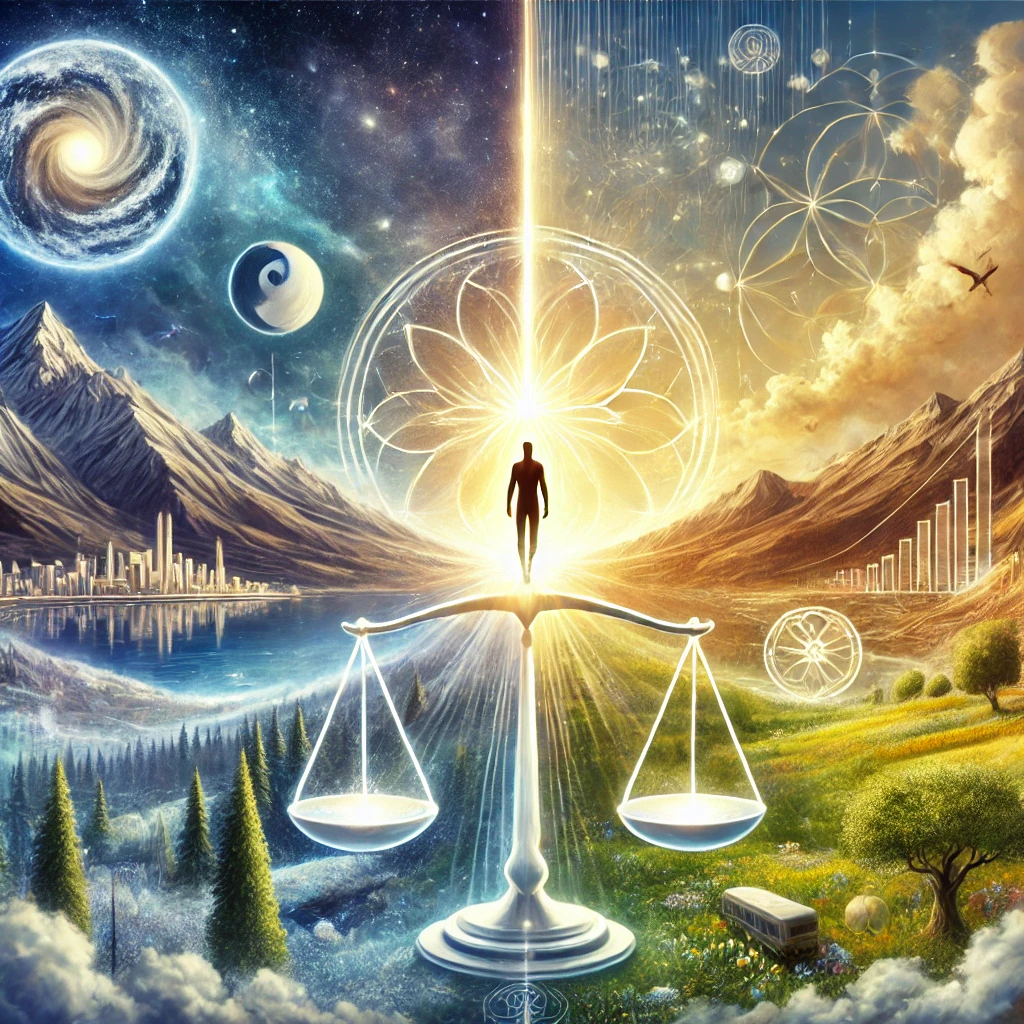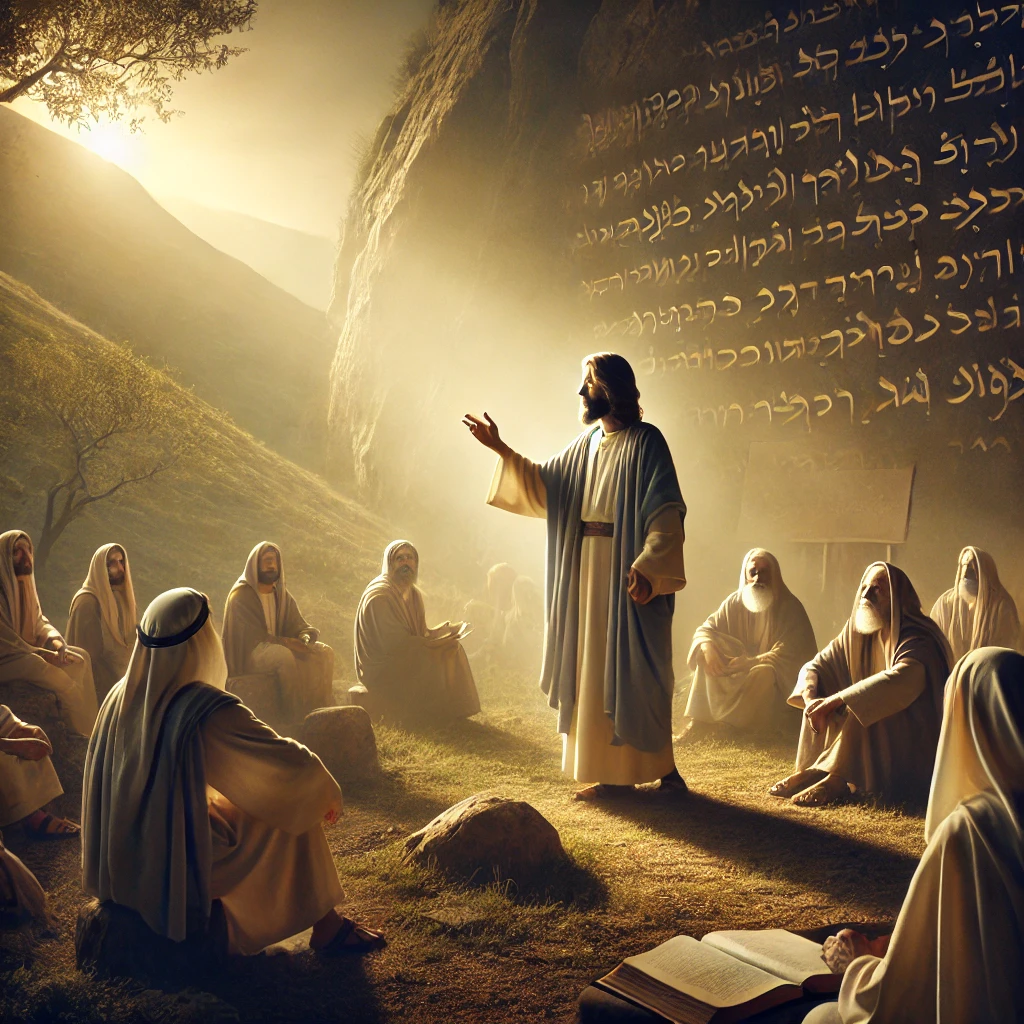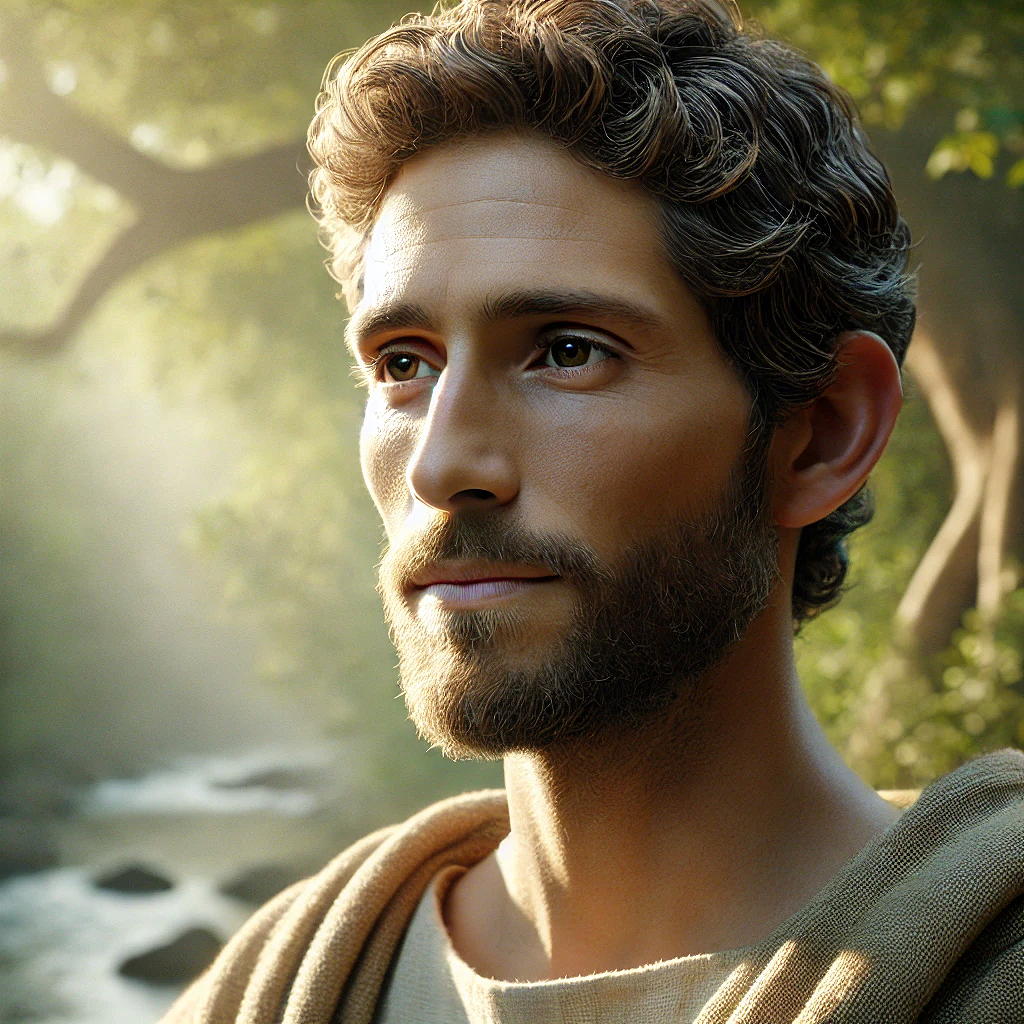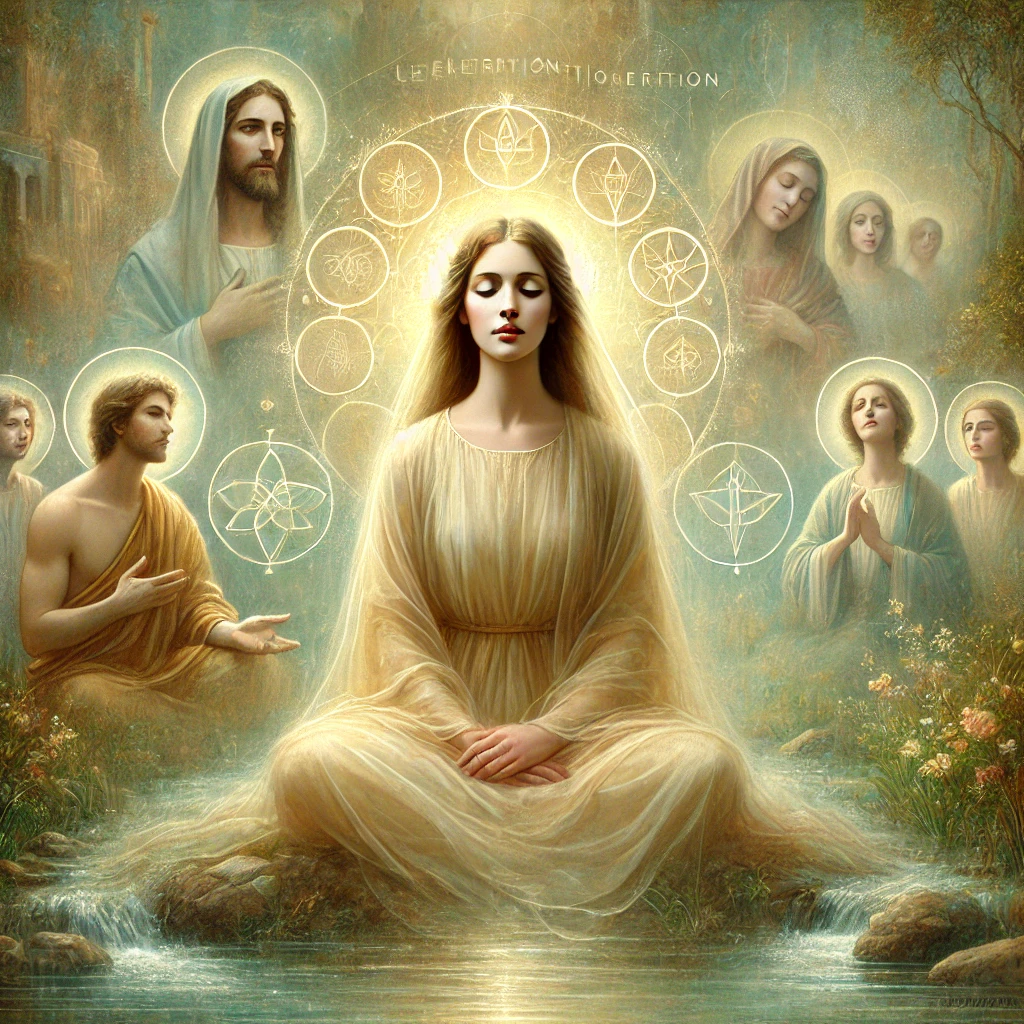1. Reframing Spirituality: Beyond the Stereotype

When people hear the word “spiritual,” it often conjures images of quiet retreats, meditation, and a detachment from worldly concerns. It’s a vision of peace and transcendence—but one that often assumes spirituality is separate from the messiness of everyday life.
Yet, what if being spiritual isn’t about escaping the human experience, but fully embracing it? What if true mastery lies in embodying both the divine and the human, walking through life with an open heart and clear awareness, even amidst its challenges?
This is the essence of the “and.” It’s the realization that we are not here to choose between the spiritual and the physical, the divine and the human, or even peace and action. Instead, the “and” allows us to hold it all—awareness of our eternal nature while engaging deeply and consciously with the world.








